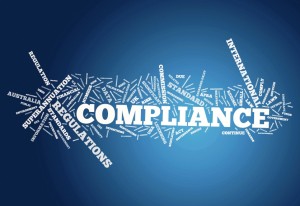How Mobile Solutions May Help Address Slipping Corporate Travel Policy Compliance
Sabre Corporation has published the results of its “2017 Asia Pacific Corporate Traveler Study,” identifying two major trends driving business travel in the region: an increased emphasis on mobility and a growing concern over non-compliance.
 The company surveyed corporate travel professionals across 19 markets in the Asia Pacific region, including professionals at travel management companies and agencies representing corporate travelers.
The company surveyed corporate travel professionals across 19 markets in the Asia Pacific region, including professionals at travel management companies and agencies representing corporate travelers.
According to Sabre, corporate travelers are increasingly prioritizing mobile solutions to enhance and support business travel. In fact, 80 percent of travel managers surveyed told the company mobility is now their biggest priority. That includes the ability to book travel via a mobile device, manage itineraries while on the go and ensure travel managers can keep in touch with travelers through mobile devices.
The data follows previous research from Sabre and the Global Business Travel Association (GBTA), released last year, which also emphasized the potential for mobile travel and entertainment (T&E) industry solutions to gain traction in a saturated market. According to that report, 78 percent of U.S. business travelers said they prefer to use self-service tools, including those they can access on their own mobile devices.
Sabre’s most recent report also found APAC travel managers may be looking more closely at mobile payments, with two-thirds signaling interest in alternative forms of payment technology as a top priority. The company noted this emphasis on mobility and payments technology coincides with growing demand for an end-to-end corporate travel solution, one that combines booking, payments, risk management and expense reporting and management. Such integrated solutions, Sabre added, could help with the growing concern of non-compliance with corporate travel programs.
According to the survey, 43 percent of corporate travelers have deviated from internal policy before the business travel even began. Nearly the same figure — 42 percent — changed their itineraries while already on the trip, a result, researchers said, of travelers mixing business travel with leisure travel.
Source: PYMNTS






















